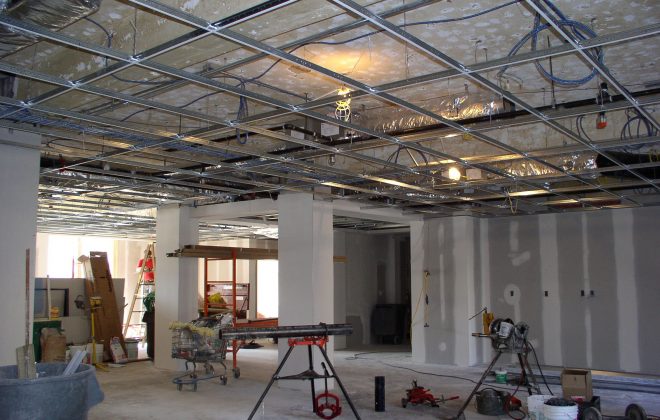Green vs Non-Green Buildings
Green Buildings vs.
Non-Green Buildings
Less than a decade ago the idea of a Green Building would sound the alarms in most developer's offices. From the leasing and marketing team to the construction and finance department, the concept simply made little financial sense. Now in 2020, almost all new builds have some form of green or sustainable initiative. The growth in green buildings has been making headlines over the past few years because studies have begun to show that building green does pay off. It is clear from the data that green buildings do have a competitive edge in terms of operational efficiency, marketability, as well as community, and user perception. A great example would be THE EDGE Building, located in Amsterdam which is arguably the greenest office building in the world.
But what exactly is a green building and what's the big deal?
Well, the big deal is simple… as the current inventory of older less efficient buildings ends their efficient operating life cycles.. their costs to operate or renovate increase drastically. So looking at newly built buildings that have been designed and highly engineered to be efficient becomes more viable as a choice.
So what are the key elements to a green building? Well I believe there are Five Elements of a Green Building Project
1. Sustainable Site Design
Green construction considers not just the building but its environment so before construction even begins, a great time is invested in a design that will enhance human and environmental health.
2. Water Quality and Conservation
Green buildings are designed to preserve the site’s natural water cycle through the use of rainwater harvesting, and progressive stormwater management techniques such as native landscaping, and water-saving devices.
3. Energy and Environment
This is the category that most people think of first when they think green. Strategies like highly engineered building envelopes. i.e. insulation and high-efficiency glazing; passive heating and cooling; high-efficiency lighting; solar and other renewable energy; and high-efficiency HVAC and plumbing technologies and smart meters can save tremendous amounts of energy and money by automatically adjusting to changes in weather, the number of occupants, and other variables.
4. Indoor Environmental Quality
Green buildings support human health and wellbeing by implementing strategies like reducing exposure to indoor environmental toxins like VOCs, heavy metals, and biological hazards such as mold; ensuring adequate airflow and quality; providing optimal levels and quality of light (especially daylighting); and maintaining an aesthetically pleasing atmosphere for stress reduction and improved worker efficiency.
5. Materials and Resources
Careful selection of construction materials to favor those that make the most efficient use of resources can significantly improve a building’s environmental impact. Recycled materials and materials engineered for maximum durability, longevity, and efficiency are preferred, as are bio-based materials that break down safely in the environment once they are no longer in use.
Multiple Benefits to Going Green
There are many ways to define green, but these five categories are the core of how buildings stack up in their efforts to go green.
So why consider green space versus grey… Well, the benefits are numerous; some measurable and some not so measurable. Obvious ones will be immediately evident, i.e. lower operating costs like energy and utilities to possible property tax rebates. Benefits that are more difficult to measure will be employee productivity, client/customer experience, or social or community goodwill perception because your business has chosen a place to do business that reduces carbon footprint and is kinder to the environment.
Overall the future will look greener for those that choose these highly engineered and environmentally conscious developments.


